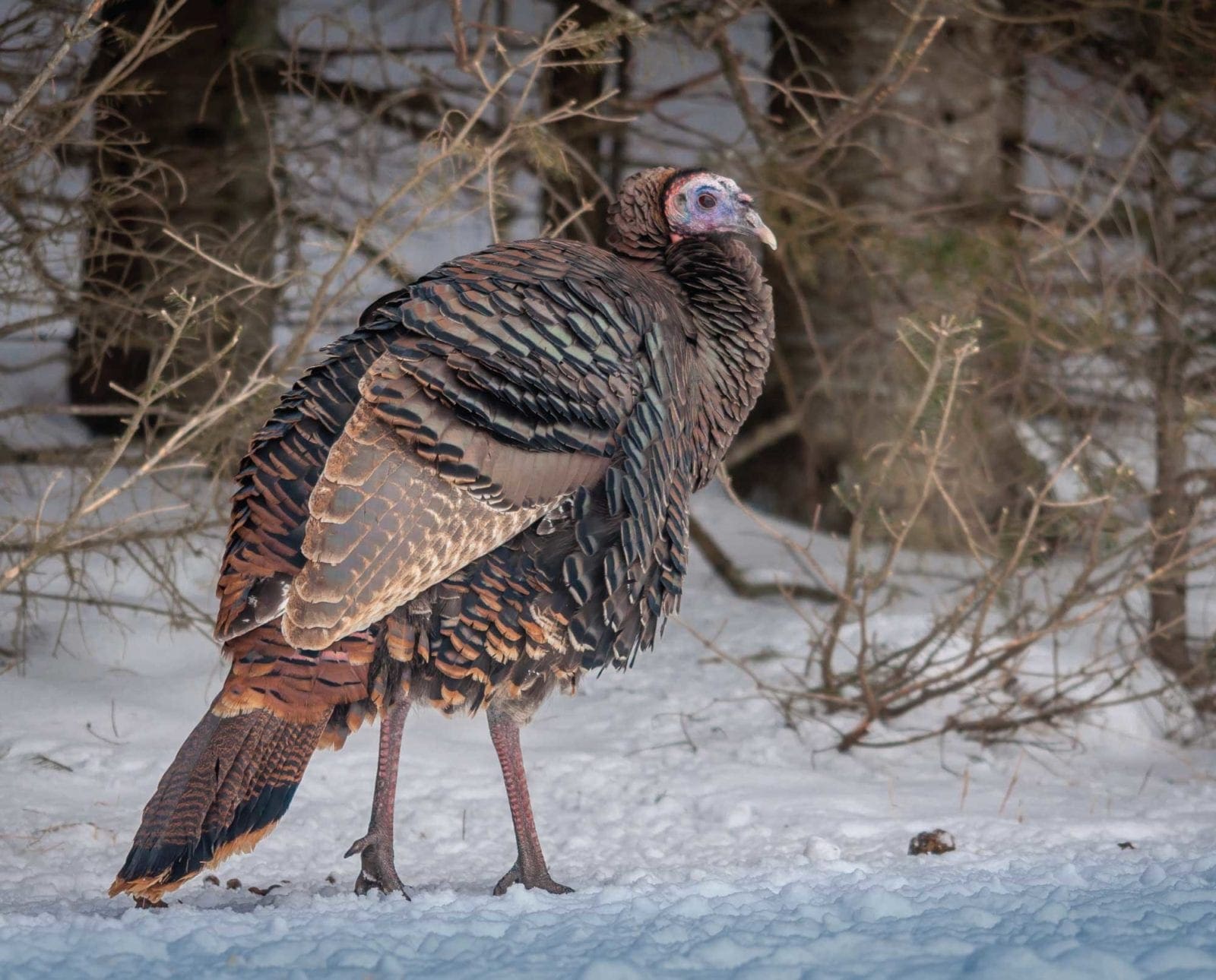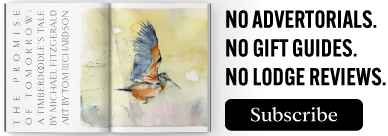Home » Conservation » West Nile Virus Impact on Wild Turkeys
West Nile Virus Impact on Wild Turkeys

Mitchell Blake is a District Biologist for the National Wild…
A look into the Wild Turkey West Nile Research Project and the future steps.
Until recently, West Nile Virus (WNV) was not on the radar as a potential disease impacting wild turkey populations. The discouraging results from the recent ruffed grouse challenge and serology study on susceptibility and exposure to WNV as well as reports from Michigan and Missouri of wild turkey mortality due to West Nile Virus brought the disease into question as a contributing factor to wild turkey population declines. Research on domestic turkeys in the early 2000s concluded that they were only slightly susceptible to WNV as just one out of a sample size of 10 poults died from being inoculated or exposed to the virus. Low susceptibility to West Nile Virus has led researchers and biologists to conclude that it lacks the potential to be a major disease that could greatly influence wild turkey populations. However, the study may not directly relate to wild turkeys. Therefore, the pathogenic potential of West Nile Virus in wild turkey poults requires further research.
With the uncertainty surrounding wild turkeys and West Nile Virus, NWTF and PGC biologist identified a funding source and collaborated with research partners on a grant proposal to tackle the unknown disease relationship. Through the Multi-State Conservation Grant Program, the Southeastern Cooperative Wildlife Disease Study (SCWDS), located at the University of Georgia, was awarded a grant to look at wild turkey susceptibility to WNV. The SCWDS has the infrastructure, bio-secure facility, and wildlife disease expertise to conduct highly pathogenic disease research and has been a great partner and resource for state agencies.
Objective of Wild Turkey West Nile Research Project
The objectives of this proposed research are to: 1) Evaluate the susceptibility of wild turkeys to West Nile Virus morbidity and mortality (do turkeys show signs of disease and/or die from WNV?); 2) Investigate reservoir host competence of wild turkeys for West Nile Virus (can wild turkeys act as a reservoir for WNV?); and 3) Communicate research results and relevant applications to state and federal agency game bird biologists and managers.
Results from the study will provide estimates of the proportion of wild turkeys that undergoes clinical illness and death, and the proportion that survives with either no outward ill effects (no visible symptoms of disease) or underlying evidence of disease (evidence of tissue damage examined via laboratory diagnostics). This research will be accomplished within one year and most likely followed by a serological study using hunter-harvested blood samples beginning in fall 2019.
To evaluate the susceptibility of wild turkeys to WNV, wild turkeys that have never been exposed to the virus or disease vectors (mosquitoes) are needed. The only way to ensure no pre-exposure to West Nile Virus or mosquitoes is to collect and hatch wild turkeys from eggs in a secure environment.
Methods and Design
Collection methods began by informing agency staff and volunteer groups that regularly work or recreate in wild turkey nesting habitat (e.g., agency foresters, NWTF volunteers) of the research project and the need for wild turkey eggs that have not begun incubation. Nest searching started in early April and field-collection of eggs concluded a few days after the opening of spring turkey season. Principle investigators asked for a quota of 80 eggs; fortunately, we were able to make that happen using a combination of pre-incubated and incubated eggs found by agency partners and volunteers on private and public lands. Collected eggs will be incubated and chicks reared in captivity from hatch in a mosquito-proof enclosure and will be housed in animal facilities at the University of Georgia (UGA) and provided an artificial heat source, constant supply of commercial diet, and clean water.
Once hatched, two age classes of Eastern wild turkey poults (3-week old and 10-week old) will be delineated for clinical analysis of morbidity and mortality. Half the birds in each age class will be inoculated with West Nile Virus and the other half inoculated with a sham inoculum (placebo). The 3-week age class was chosen to replicate young poults susceptibility early in WNV summer season or second clutches at a vulnerable age. The 10-week age class was chosen to replicate older poults susceptibility in late summer when poult immune system is more developed and
West Nile Virus transmission is higher (more mosquitoes).
Following experimental infection, birds will be monitored twice daily for clinical signs of disease and bled, swabbed (oral and cloacal cavities) and weighed daily for up to 7 days post-inoculation (DPI) and euthanized on 14 DPI. Blood samples will be used to measure the level of WNV in infected turkeys to gauge the capability of wild turkeys to act as a host for the virus. Monitoring of infected poults, aimed to reflect biologists’ observations in the field, will include assessments for lethargy (decreased activity), dull mentation (subdued response to human presence), loss or lack of appetite, poor balance (stumbling), limb weakness, and poor nutritional condition (weight loss or lack of weight gain). Birds exhibiting severe clinical signs or behavioral changes will be euthanized. Following euthanasia, a full postmortem examination will be performed and representative tissues will be examined microscopically for WNV-associated lesions.
Next Steps in West Nile Virus Research
Once researchers understand the level of susceptibility wild turkeys exhibit to WNV, the next step is to understand how the virus is interacting in a population of wild turkeys by measuring state-wide exposure to the disease (antibody prevalence) via a serology study. When vertebrates are infected by a virus, their immune system releases antibodies to eliminate the virus. Antibodies are found in the blood and can be clinically detected in a laboratory. To examine antibody prevalence in the wild turkey population, blood samples from hunter-harvested wild turkeys from the fall 2019 wild turkey season will be used. Participating hunters will be given kits for blood sampling and directions on how to use the samples and where to mail them.
Mitchell Blake is a District Biologist for the National Wild Turkey Federation covering Pennsylvania, Maryland, Delaware, and New Jersey.



